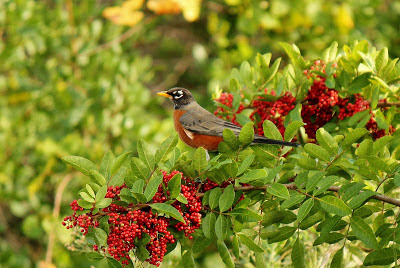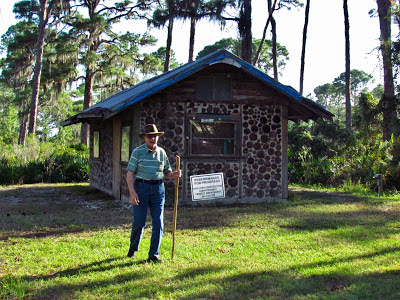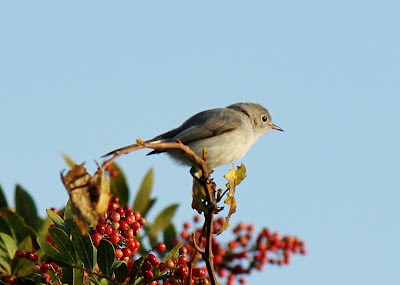Today's featured feathered friend is the American Robin, the state bird of Connecticut, Michigan and Wisconsin. They are abundant year-round throughout the United States and their summer range includes most of Canada. Here in southwest Florida, they begin to arrive by mid to late November, returning north in mid-March.
The Robin is the largest Thrush in North America. Both males and females are about 10 inches in length with a wingspan of up to 15 1/2 inches. Despite their deep-chested appearance they weigh only 3 ounces. Generally, adult males have a darker crown and reddish-orange breast. Adult females are usually more subdued. Juveniles are like adults but with buff spots on their backs and dark spots on their breasts.
Robins have a beautiful song, but rarely sing on their wintering grounds. Sometimes after a rain shower we can hear them singing. Otherwise, it's just a chorus of tooting birds, as they hop from branch to branch devouring berries from the many Brazilian Pepper trees around the yard.
Enjoy these photos of the American Robin.....tweet.....tweet!!
 |
| American Robin (Male) (Taken 11/27/11, Our Backyard) (Brazilian Pepper Tree Berries) |
 |
American Robin (Female)
(Taken 2/28/12, Our Backyard)
|
| American Robins (Taken 3/1/12, Our Backyard) (Turing our backyard in to a water park, one of our 5 birdbaths filled with Robins) |
 |
| American Robins (Another of the bird baths, our backyard) |












.JPG)




.JPG)










.JPG)
.JPG)






.JPG)






.JPG)

